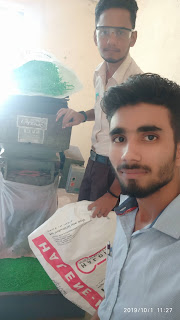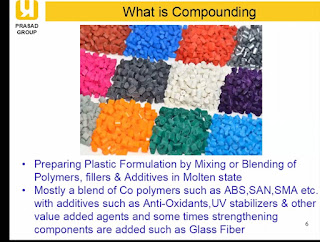Specific Gravity Of Polymers..........S.S

Gravity Of Polymers By :- Sunny Raj 1. Polyolefins Polymer Abbreviation Specific Gravity Low density polyethylene LDPE 0.91 – 0.92 High density polyethylene HDPE 0.94 – 0.96 Linear low density polyethylene LLDPE 0.91 – 0.93 High molecular high density polyethylene HMHDPE 0.94 – 0.97 Ultra high molecular HDPE UHMHDPE 0.97 Polypropylene PP 0.89 – 0.91 2. Chlorinated Polymers Polymer Abbreviation Specific Gravity Poly vinyl chloride PVC 1.38 – 1.41 Poly vinyledene chloride PVDC 1.65 – 1.75 Chlorinated PVC PVCC 1.44 – 1.47 Co-polymer of vinyl chloride & vinyl acetate PVC-co-VA 1.16 – 1.36 Poly vinyl alcohol PVA 1.21 – 1.32 Poly vinyl acetate PVAc 1.17 – 1.26 3. Fluoro Polymer Polymer Abbreviation Specific Gravity Polyvinyl fluoride PVF 1.44 Poly vinyledene fluoride PVDF 1.76 – 1.771 Ploy chloro tri fluoro ethylene PCTFE 2.10 – 2.20 Poly tetra fluoro ethylene PTFE 2.10 – 2.30 4. Polystyrene & co-polymer Polymer Abbreviation Specific Gravity Acrylonitrile butadiene s...



